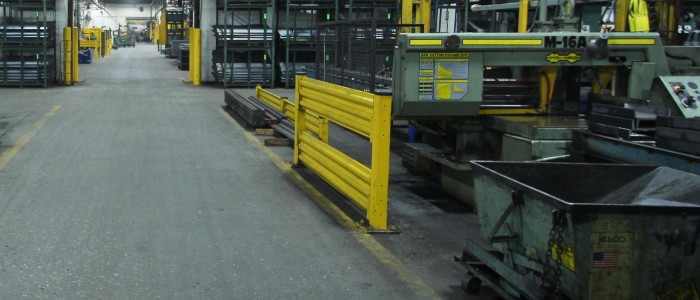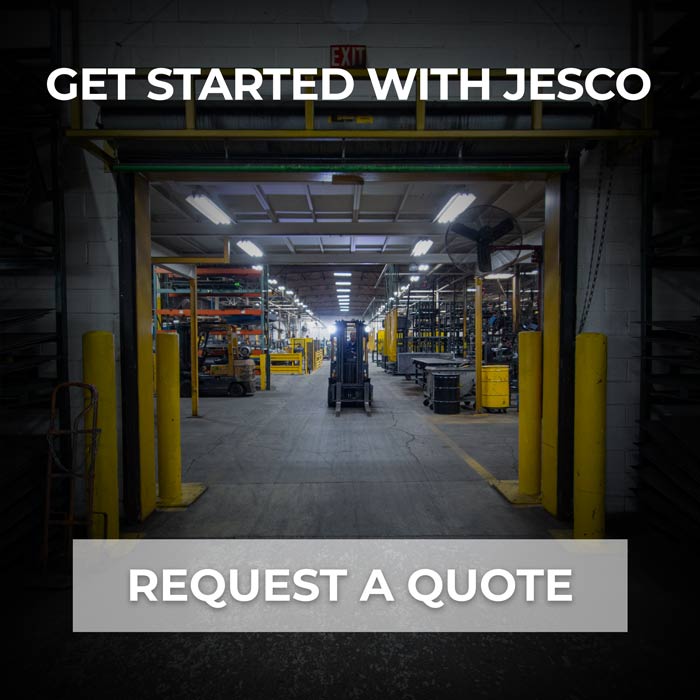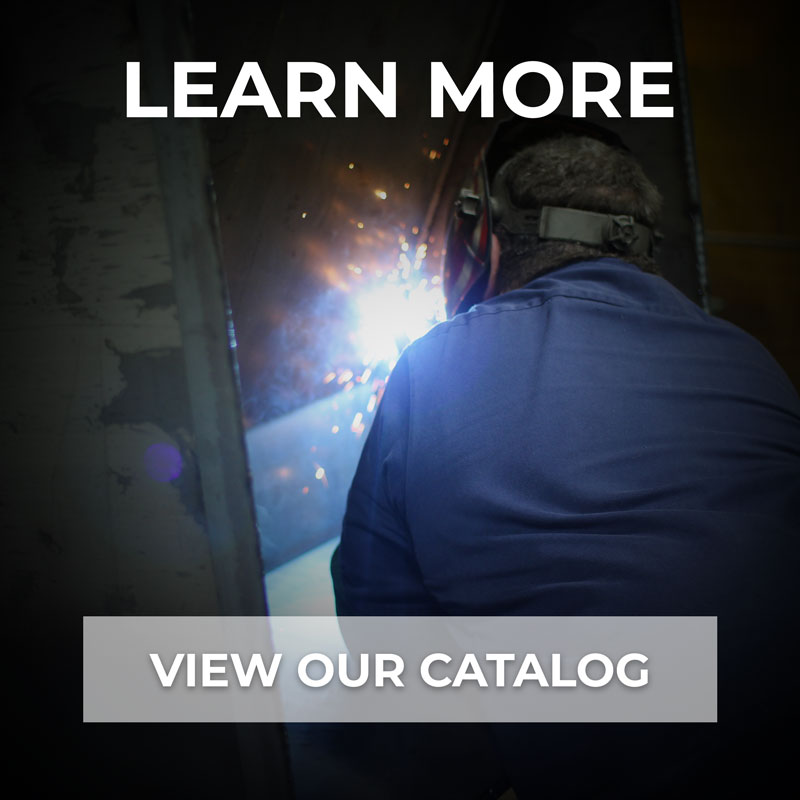
Does My Facility Need Guardrails, Handrails, or Both?
Manufacturing facilities can be dangerous places for those who aren’t trained to navigate such an environment. But your facility shouldn’t pose a threat to your employees. The Occupational Safety and Health Administration (OSHA) ensures that manufacturers meet high safety standards and provide reasonable protection for their employees, including things like guardrails and handrails.
But what’s the difference between a handrail and a guardrail? Which product does your facility need? And where can you find high-quality safety products to protect your workers?
Guardrails vs. Handrails
Most companies use terms like “guardrails” and “handrails” interchangeably. But there is a key difference between the two, and it depends on the type of accident the railing is trying to prevent.
Handrails Prevent Falls
Handrails are built to prevent people from falling. You’ll usually find handrails on stairs, platforms, landings, and other areas that present a fall risk. In fact, mandate handrails for workers who are operating at least four feet off of the ground.
Because handrails are supposed to prevent falls, they have to meet certain specifications. For example, most handrails have to be able to be gripped by, well, hands. That means they have to be smooth.
Handrails have to be smooth not only to help you keep your balance, but also to keep you from accidentally injuring yourself. If a railing has any sharp points on it, then clothing could get snagged, causing someone to trip. In an even worse scenario, a sharp point on a handrail might seriously injure someone if they fall over the rail or onto the rail, resulting in lacerations or punctures.
There are, of course, height and strength requirements handrails must meet as well. According to , handrails have to be at least 30 inches tall and not more than 38 inches, measured from the leading edge of the stair to the top of the handrail. They also have to be able to withstand 200 pounds of downward or horizontal force within two inches of the top edge of the rail.
Guardrails Prevent Collisions
If handrails prevent people from falling, what are guardrails guarding against? It’s simple: collisions.
Handrails are usually made of thin tubes of metal, whereas guardrails are often made of heavy-duty beams of steel. While a handrail might be able to stop a person from falling, a guardrail can stop a runaway forklift.
Guardrails prevent collisions between different kinds of machinery as well as collisions between machinery and people. For example, you might put up a guardrail to section off a part of your facility for certain kinds of heavy machinery, protecting workers who don’t need to be in that area.
Where to Get High-Quality Guardrails and Safety Rails
If you need a guardrail to protect your workers, Jesco Industries can help. Our JescoGard acts as both a visual and physical barrier to protect both people and property. Our rails are designed to stop a 10,000-pound load impacting at four miles per hour from breaking through. It’s a great safety feature for areas such as aisles, docks, conveyors, and other equipment.
If you’re interested in handrails, be sure to check out our various safety rails. Our rails are easy to install on mezzanines, overhead walkways, and aisle ways.
Protect Your Workers and Your Products
The workplace should be a safe environment, no matter if you’re working on a manufacturing floor or simply taking the stairs to an office. Our guardrail manufacturers can provide you with high-quality products to meet your company’s safety needs and to meet OSHA’s safety standards. To learn more, call Jesco Industries, Inc. today at 1-800-455-0019, or contact us online to request a free quote.



